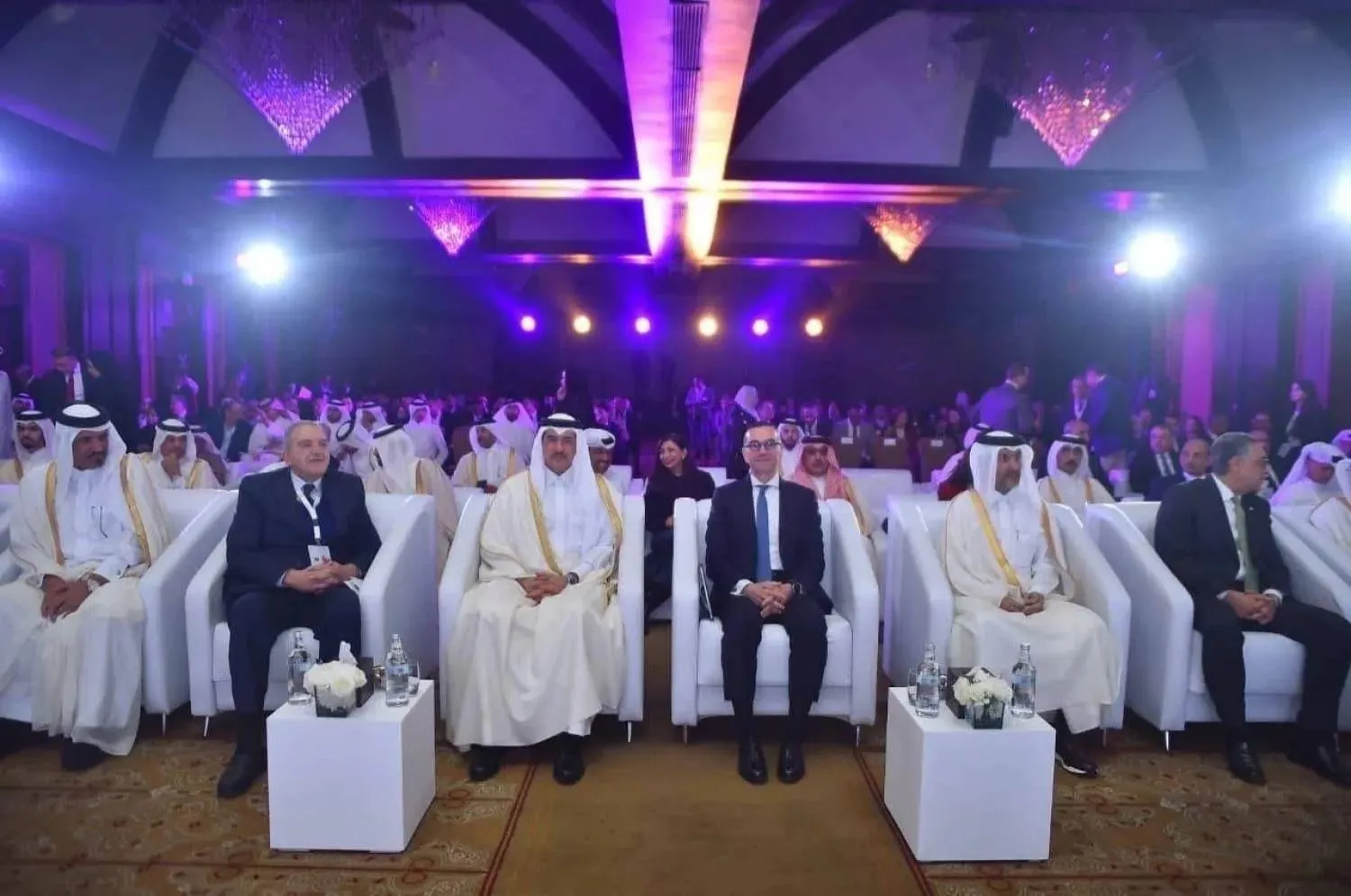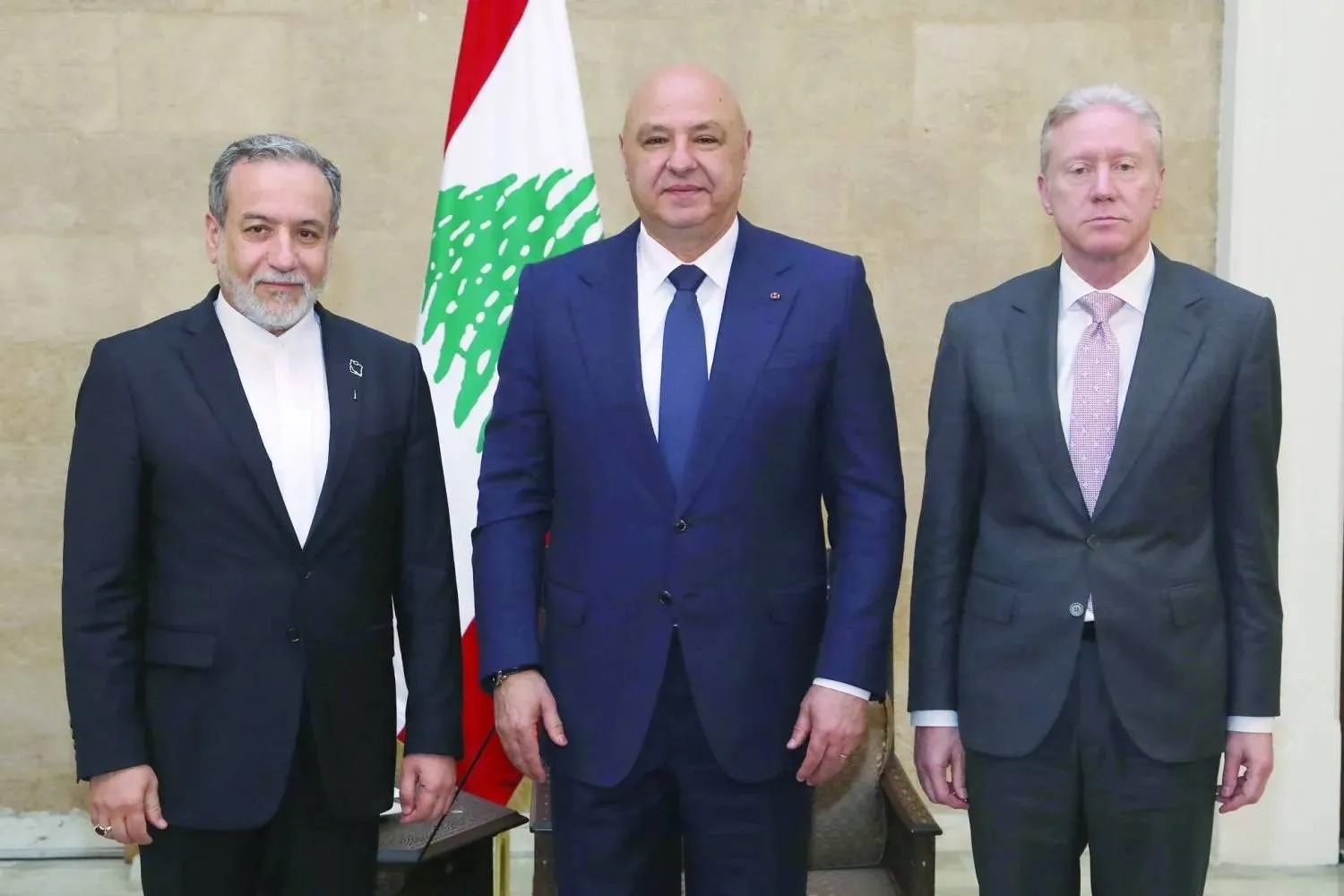The Syrian rebel group of Saraya Ahl al-Sham will withdraw from the northeaster border region of Arsal in Lebanon ahead of an imminent offensive the Lebanese army is set to launch against ISIS terrorists deployed along the border area.
Head of Lebanon’s General Security Abbas Ibrahim told Reuters that the fighters will start to withdraw from the area on Saturday. They will leave the area with some 3,000 civilians and head to Syria.
About 300 fighters, along with their families and some other civilians who wish to return to Syria, will be escorted to the border by security forces, Ibrahim told Reuters by phone.
Those civilians who had asked to leave along with Saraya Ahl al-Sham would go to the regime-held Assal al-Ward district near the border. The fighters would go to a place that had been agreed upon, he said.
Ibrahim did not name the place. But a military media unit run by “Hezbollah” - which is closely allied to Syrian regime leader Bashar al-Assad - reported that the fighters and their families would go to the rebel-held town of al-Ruhaiba in the Eastern Qalamoun district.
The group's departure follows that of the Nusra Front, which quit its enclave on the border early this month for rebel-held Idlib, in northwest Syria, after its defeat in a six-day “Hezbollah” offensive.
During that evacuation and others of rebel groups inside Syria to insurgent-held areas, the Syrian regime has allowed them to travel under protection in buses and carry small arms. This time, civilians will be allowed to travel in their own cars, Ibrahim said.
The pull-out by Saraya Ahl al-Sham will leave an ISIS pocket in the same area as the only remaining militant stronghold on the border.
In the past few days, the Lebanese army's artillery shells and multiple rocket launchers have been pounding the mountainous areas on the Lebanon-Syria border where ISIS held positions, in preparation for the offensive. Drones could be heard around the clock and residents of the eastern Bekaa Valley reported seeing army reinforcements arriving daily in the northeastern district of Hermel to join the battle.
On Tuesday, the army's top brass conferred with President Michel Aoun, Prime Minister Saad Hariri and interior and defense ministers at the presidential palace in Baabda to plan operations in the Bekaa Valley.
The committee took the "necessary counsel and decisions to succeed in the military operations to eliminate the terrorists," Major General Saadallah Hamad said after the meeting.
Experts say more than 3,000 troops, including elite special forces, are in the northeastern corner of Lebanon to take part in the offensive. The army will likely use weapons it received from the United States, including Cessna aircraft that discharge Hellfire missiles.
The movement of rebel and militant factions across Syria's border with Lebanon represented the biggest military spillover of its civil war into its tiny neighbor.
The factions took positions in the hills that straddle the border around the northeastern Lebanese town of Arsal, home to tens of thousands of Syrian refugees. More than 1 million Syrians have sought shelter in Lebanon during the war.









